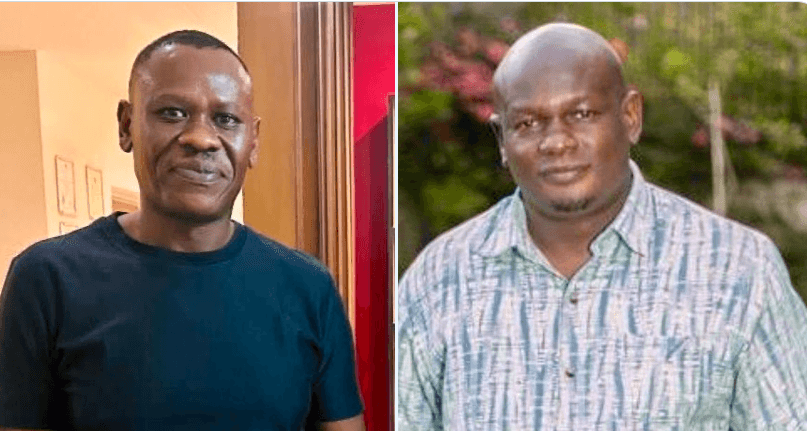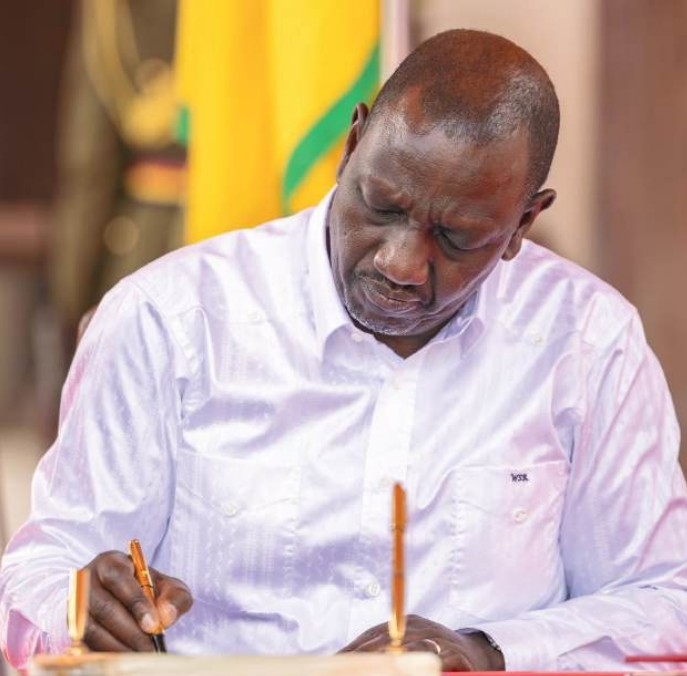The Supreme Court of Kenya is the highest court in the land.
Its decisions are binding, final and above all the other courts in the country.
Therefore, the process of removing a sitting judge from the Apex court is not a walk in the park.
Currently, Chief Justice Philomena Mwilu and Justice Jackton Ojwang are facing cases which might see them kicked out from their powerful positions at the court.
But what is involved in the process of removing a judge from the Supreme Court?
Judges of the Supreme Court are appointed by the President. Therefore, they can only be removed by the President.
However, to ensure the independence of the judiciary, the Constitution has laid out a proper impeachment procedure to remove a judge once found to have "misbehaved" or is legally disqualified.
After one has been implicated unfit to hold the office, JSC will initiate his or her removal by acting on its own motion, or on the petition of any person to the JSC.
One can be removed from the office on the grounds of incompetence, bankruptcy, inability due to perform the functions of office arising from mental or physical incapacity to mental or physical illness and gross misconduct.
The petition to the JSC has to be done in writing, setting out the alleged facts constituting the grounds for the judge’s removal.
JSC shall, therefore, consider the petition and if it is satisfied that the petition discloses a ground for removal of the implicated judge, it will send the petition to the President.
The President will then have 14 days upon receiving the petition to suspend the judge from office and act in accordance with the recommendation of the Judicial Service Commission.
The President’s team must be of seven members.
The tribunal shall be responsible for the regulation of its proceedings and inquire into the matter expeditiously and report on the facts and make binding recommendations to the President.
If the accused judge is aggrieved by the tribunal’s findings, he may appeal against the decision to the Supreme Court, within ten days after the tribunal makes its recommendations.
The President shall act in accordance with the recommendations made by the tribunal.
But the judge can opt to retire from office on attaining the age of seventy years even before tribunal’s recommendations are met.
In 2013, Justice Philip Kiptoo Tunoi was accused of receiving Sh200 million from former Nairobi Governor Evans Kidero.
Tunoi retired from the Supreme Court without the Tribunal concluding its investigations into the bribery allegations he faced.
Lady Justice Kalpana Rawal was retired on June 14, 2016, upon reaching 70 years in office.
She, however, launched a protracted case insisting that she should leave office at 74 years since she was first appointed as a Judge under the old Constitution owhich set the retirement age of Judges at 74 after JSC had served her with a retirement notice.













![[PHOTOS] Ruto dazzles in colourful maasai outfit](/_next/image?url=https%3A%2F%2Fcdn.radioafrica.digital%2Fimage%2F2025%2F11%2F8ccfbfe5-a43a-49b3-88f4-b99a41be4594.jpeg&w=3840&q=100)



